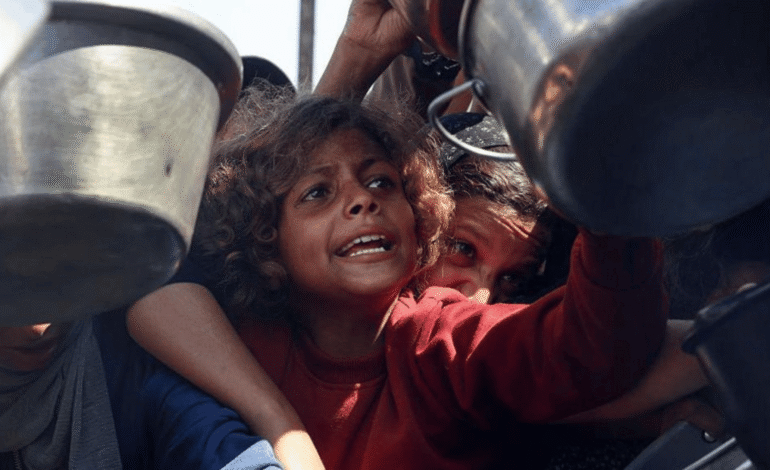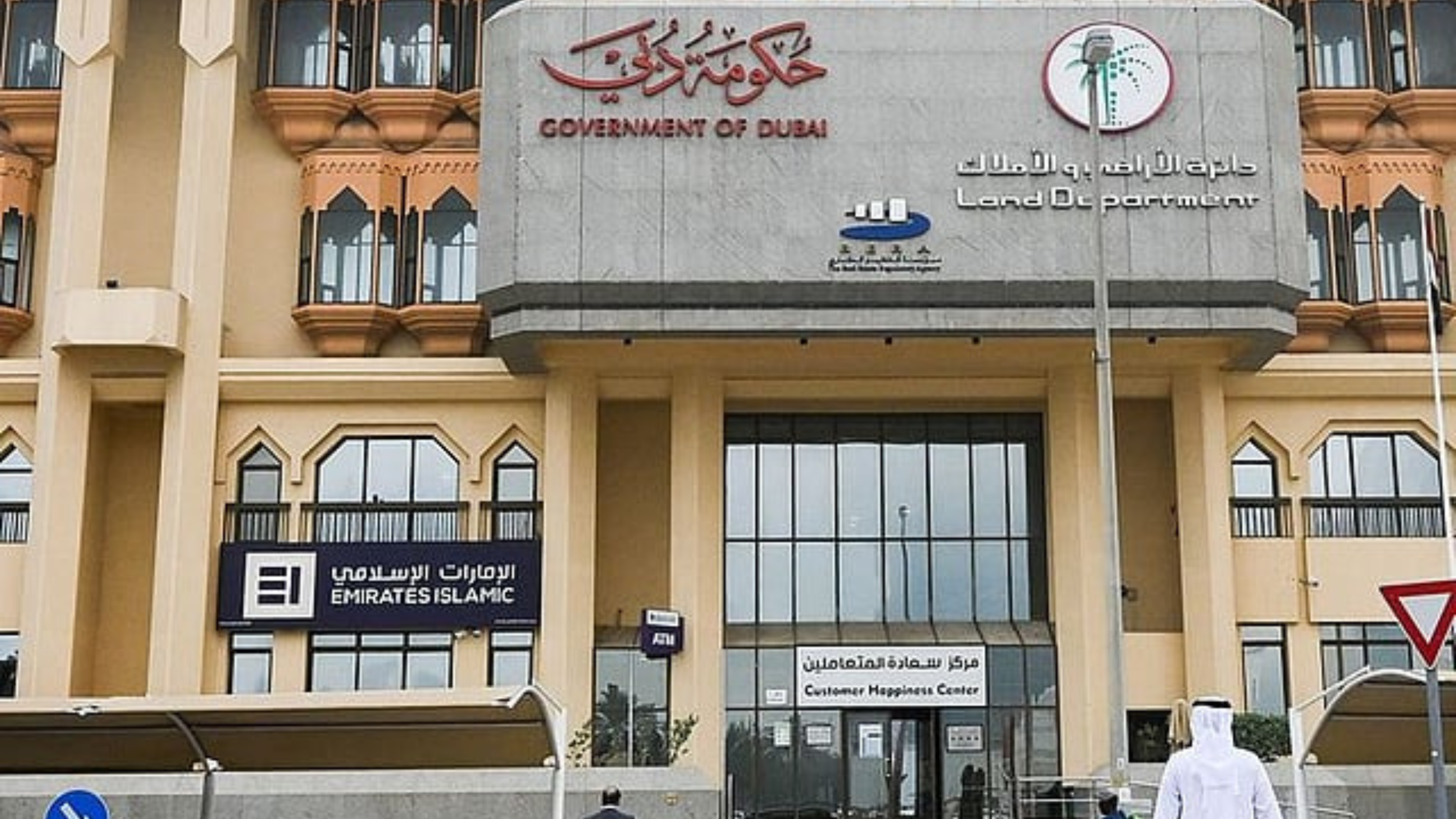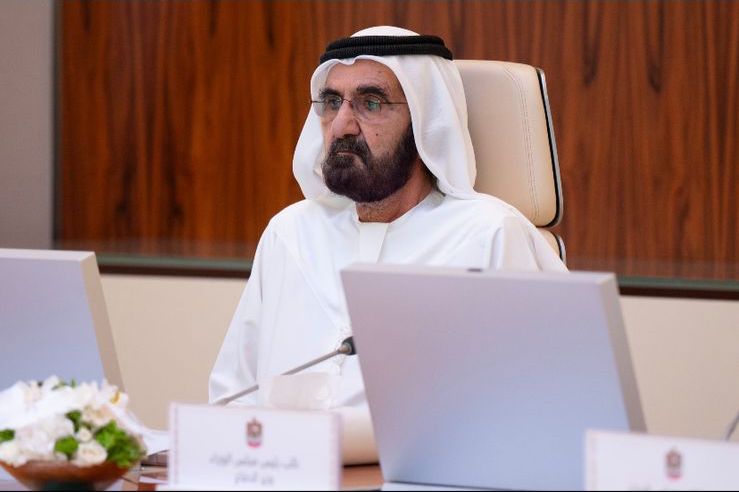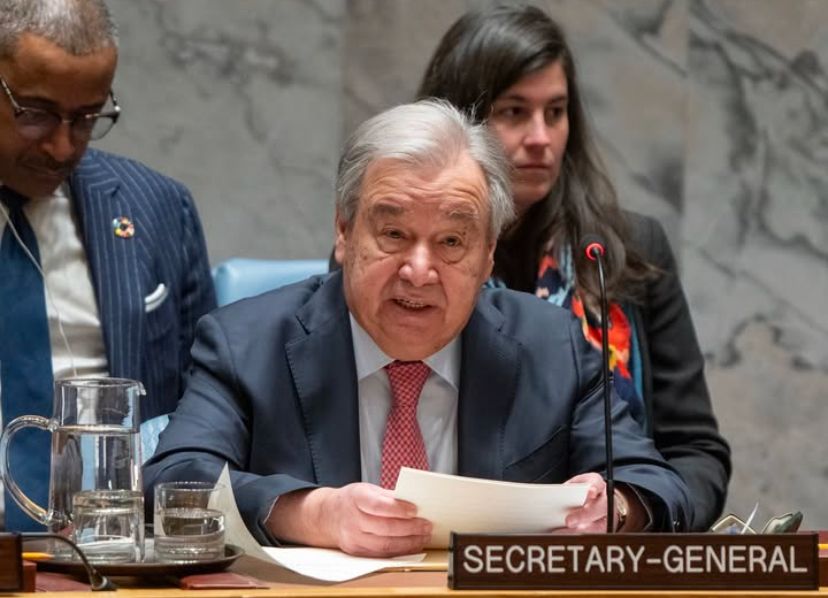Famine Confirmed in Gaza for First Time, UN-Backed Report

The United Nations-backed Integrated Food Security Phase Classification (IPC) has confirmed famine in the Gaza Governorate, which includes Gaza City. This marks the most severe level Phase 5 on its global food insecurity scale. The confirmation has drawn international attention, as humanitarian organizations, regional bodies, and aid groups warn of worsening conditions that could soon spread to other areas of the region.
The announcement has not only placed Gaza’s food crisis in the global spotlight but has also underlined the urgency of coordinated international action. With famine conditions escalating, the IPC has predicted that Deir al-Balah and Khan Younis could also enter catastrophic stages by the end of September. The humanitarian stakes are immense, making this one of the most pressing crises in the Middle East.
Understanding What Famine Declaration Means
Declaring famine is not a term used lightly. The IPC, an internationally recognized body for monitoring food insecurity, applies strict criteria before making such an announcement. Famine is declared when:
- At least 20% of households face extreme food shortages.
- Acute malnutrition exceeds 30% among children.
- Mortality rates rise due to hunger and related causes.
In Gaza’s case, all these indicators have been met. According to the IPC’s latest report, a substantial proportion of households are unable to access food on a daily basis. Children, particularly under the age of five, are experiencing high levels of malnutrition. Mortality is rising, with hunger increasingly contributing to preventable deaths.
This recognition by the IPC does more than just measure suffering it sends a signal to the global community. A famine declaration often acts as a wake-up call for governments, aid organizations, and policymakers, demanding immediate interventions.
Gaza City’s Daily Struggle for Survival
Life inside Gaza City under famine conditions is marked by scarcity, uncertainty, and desperation. Families often spend entire days searching for food supplies. Long queues form outside bakeries and aid distribution centers, where resources are limited and often insufficient to meet demand.
For many households, daily meals consist of minimal rations such as bread, lentils, or rice when these items are even available. Reports from humanitarian groups describe cases where families are forced to skip meals entirely, with children most affected by the nutritional gap. Malnutrition has long-term effects that extend beyond hunger, impacting immunity, physical growth, and cognitive development.
Healthcare facilities, already under immense strain, are now treating rising cases of malnutrition and hunger-related illnesses. Doctors and aid workers have described the situation as one where every day feels like a battle against time.
The IPC Report: From Warning to Confirmation
The IPC has been closely monitoring the food situation in Gaza for months. Earlier assessments highlighted severe shortages, but the latest update has elevated the crisis to confirmed famine in the Gaza Governorate. The report indicates that the situation is not isolated but part of a trend that threatens to engulf larger parts of the territory.
- The key findings of the IPC assessment include:
- Famine confirmed in Gaza Governorate, including Gaza City.
- Catastrophic conditions likely to spread into Deir al-Balah and Khan Younis by end of September.
- Over half the population facing emergency or crisis-level food insecurity.
By providing this structured analysis, the IPC has given international stakeholders a framework for understanding the scale and urgency of the crisis.
Humanitarian Response and Regional Implications
Following the famine confirmation, humanitarian organizations have amplified their calls for immediate large-scale aid delivery. The United Nations and aid groups are urging unhindered access to affected areas to deliver essential supplies such as food, clean water, and medical assistance.
Neighboring regions, including countries in the Middle East, are closely monitoring the situation. The UAE and other Gulf nations have historically played active roles in humanitarian relief across the region. With Gaza’s famine now confirmed, regional cooperation will likely become even more critical.
The implications extend beyond immediate hunger. A famine declaration often signals a broader humanitarian breakdown. It threatens to undermine stability, increase displacement, and create long-term challenges for development and recovery.
The Human Toll of Hunger in Conflict Zones
While statistics help illustrate the severity of the famine, the human experience provides a deeper understanding. Families in Gaza are not just dealing with a lack of food but also with the psychological burden of uncertainty. Parents face heartbreaking choices between feeding themselves or prioritizing children.
Children, in particular, carry the weight of this crisis. Malnutrition affects their ability to attend school, concentrate, and grow into healthy adults. The long-term social impact is therefore as concerning as the immediate emergency.
The famine in Gaza also highlights how conflict-affected regions are especially vulnerable to food insecurity. Disruptions in trade, farming, and distribution leave populations dependent on humanitarian aid. In such circumstances, famine becomes not only a health crisis but also a matter of human dignity.
Calls for Global Action and Accountability
The confirmation of famine in Gaza is not just a regional issue it is a global humanitarian challenge. Aid organizations have repeatedly emphasized that food security is a universal right, and preventing famine requires international solidarity.
- Global actors are being called upon to:
- Support immediate aid deliveries through secure and sustained corridors.
- Increase funding for humanitarian operations in Gaza.
- Work towards long-term solutions for food security in conflict-affected areas.
The declaration by the IPC also puts pressure on governments and policymakers worldwide. With famine now confirmed, the expectation is that international commitments will translate into concrete actions.
The Road Ahead: Preventing Worsening Conditions
Looking forward, the critical question is whether the confirmed famine can be contained before it spreads further. The IPC has already warned that other regions such as Deir al-Balah and Khan Younis may face similar conditions by the end of September.
- Preventing this spread requires swift interventions:
- Scaling up food distribution networks.
- Ensuring humanitarian access without delays.
- Addressing water and sanitation needs, which are deeply connected to food security.
If these measures are not implemented quickly, the humanitarian toll will rise further. International actors, regional partners, and aid agencies must act in coordination to mitigate the unfolding crisis.
A Crisis That Demands Immediate Attention
The confirmation of famine in Gaza marks a grave chapter in the region’s ongoing humanitarian struggle. While the IPC’s declaration provides clarity, it also underscores the scale of the emergency. Gaza City is facing catastrophic food insecurity, and the risk of famine spreading further makes global action more urgent than ever.
This situation requires more than acknowledgment it demands rapid mobilization, humanitarian access, and sustained international commitment. The human toll is immense, and the coming months will determine whether the crisis worsens or whether collective action can bring relief.
As the Middle East and the world grapple with this reality, Gaza’s famine serves as a stark reminder that food security is not just about survival it is about protecting dignity, stability, and the future of entire communities.








1 Comment
[…] Arab Emirates (UAE) has launched a new online platform to register and update camps and shelters in Gaza. This system will make humanitarian aid delivery faster, more organized, and more reliable. At the […]
Comments are closed.